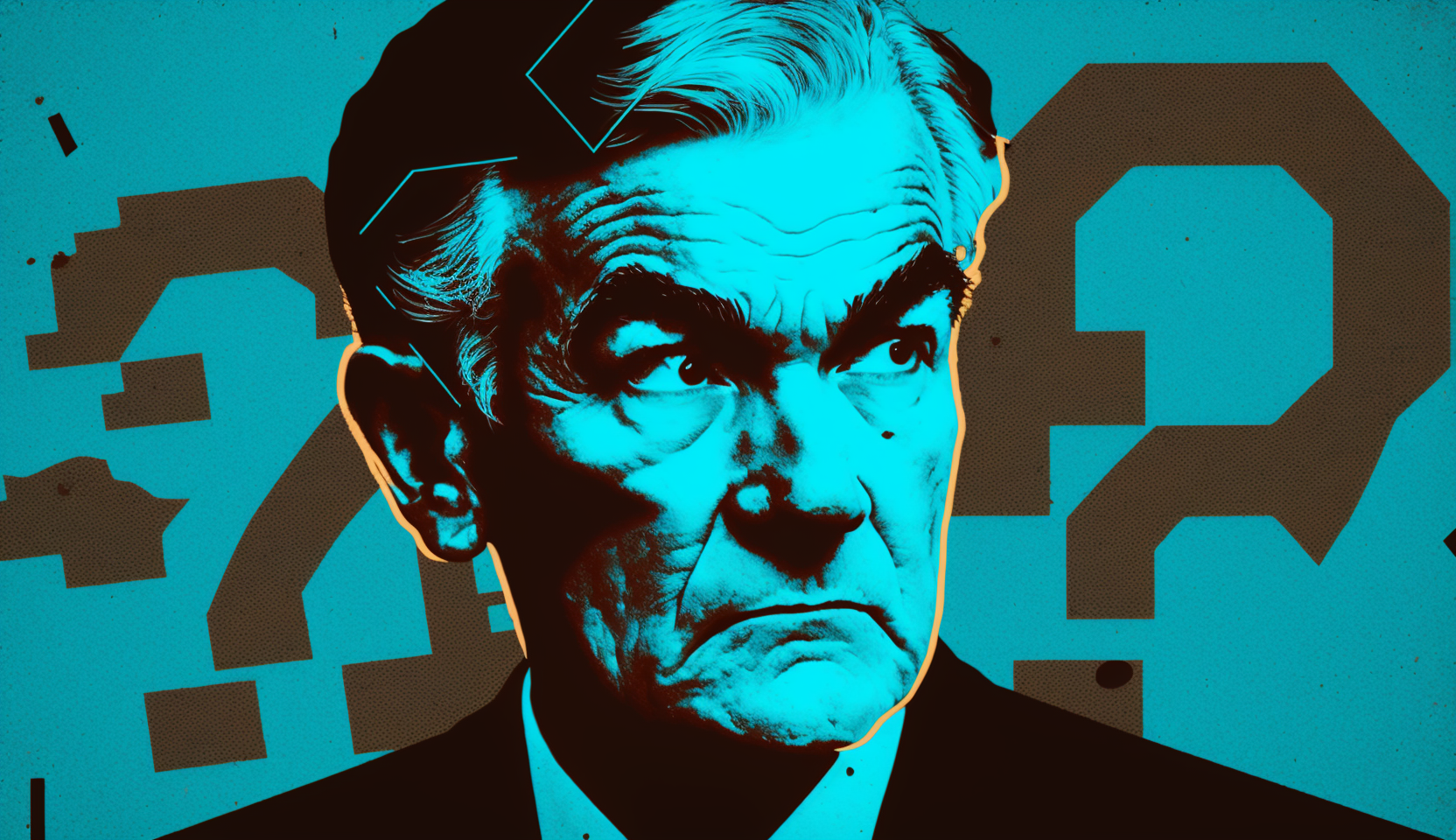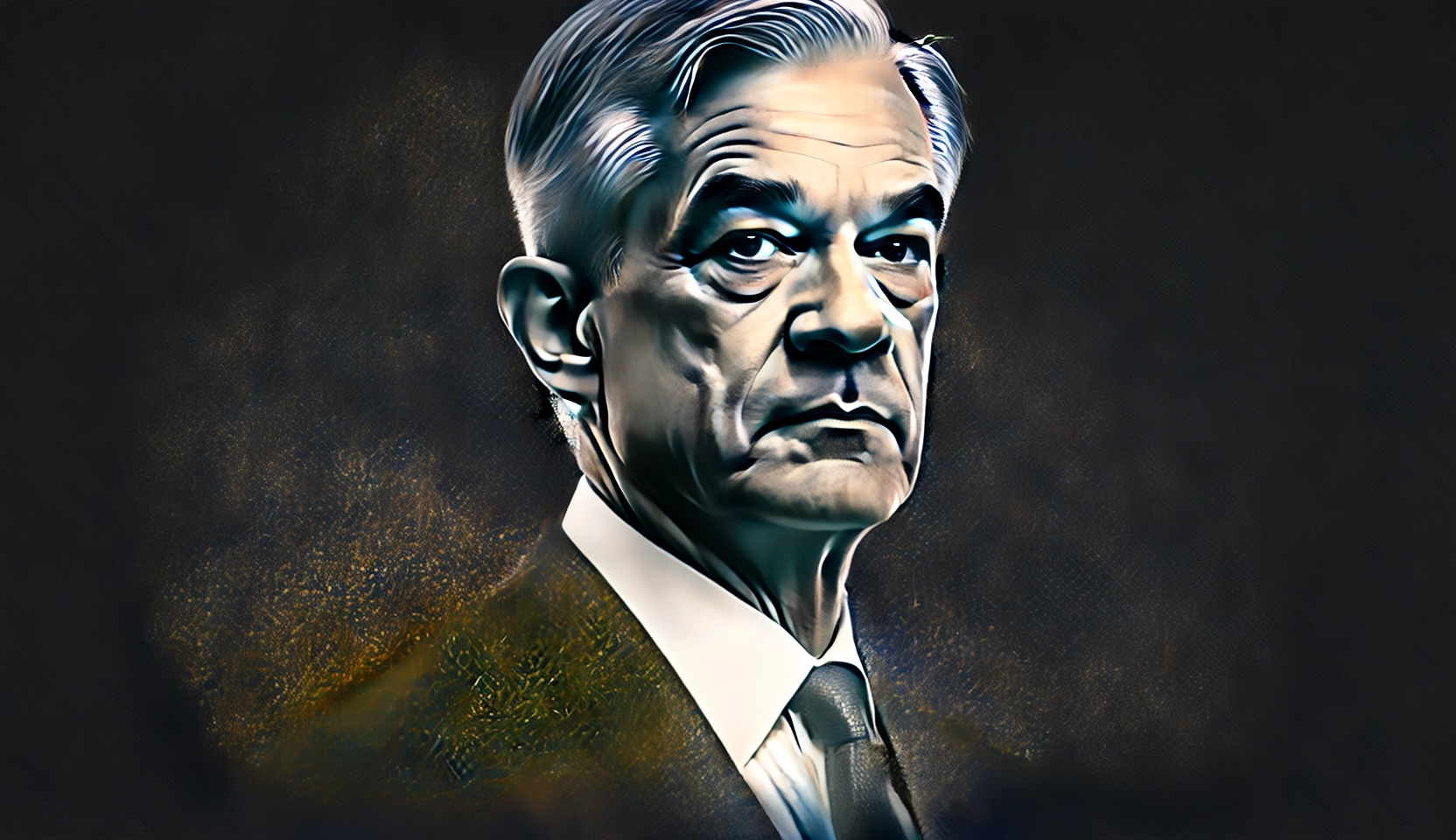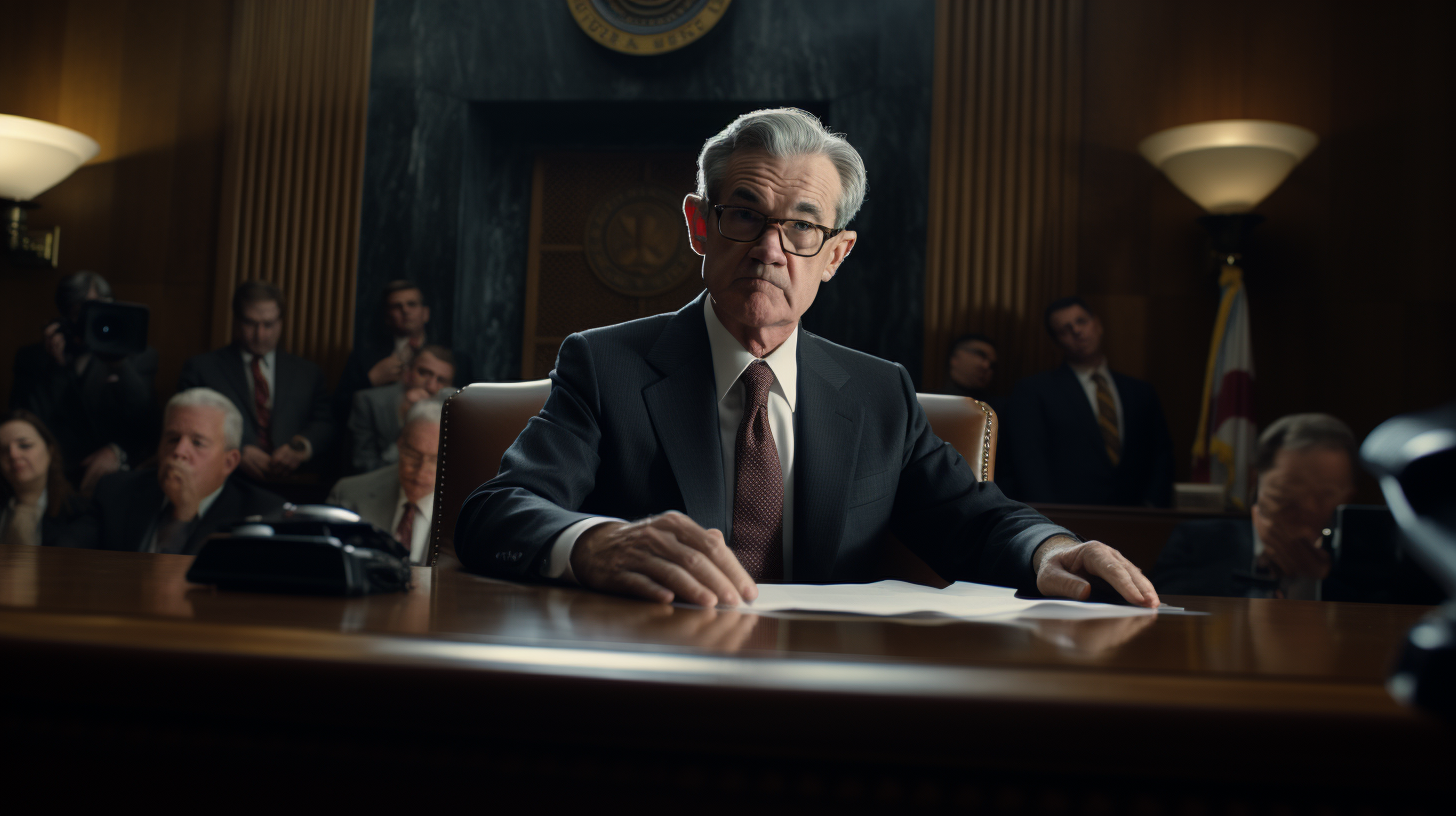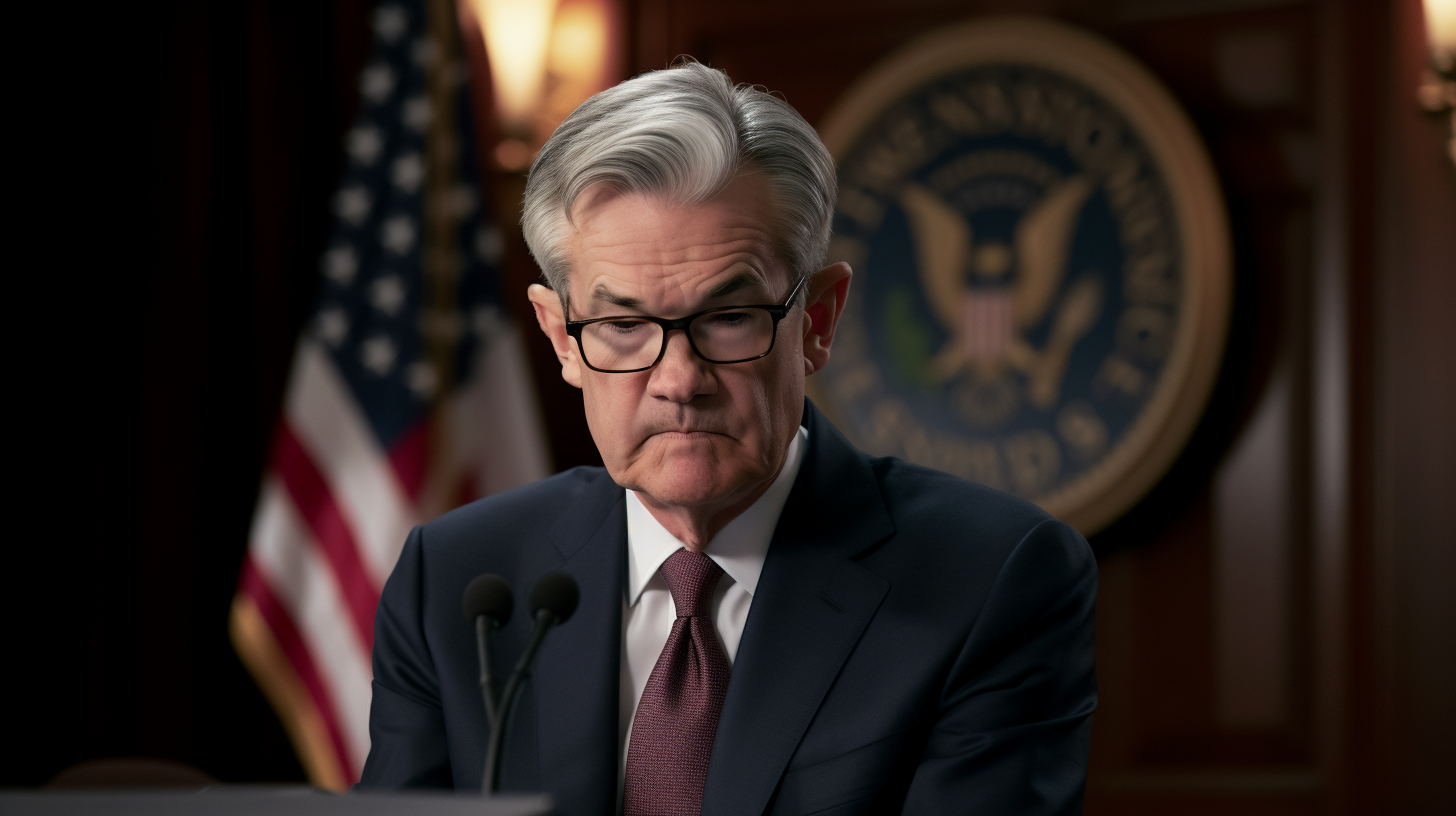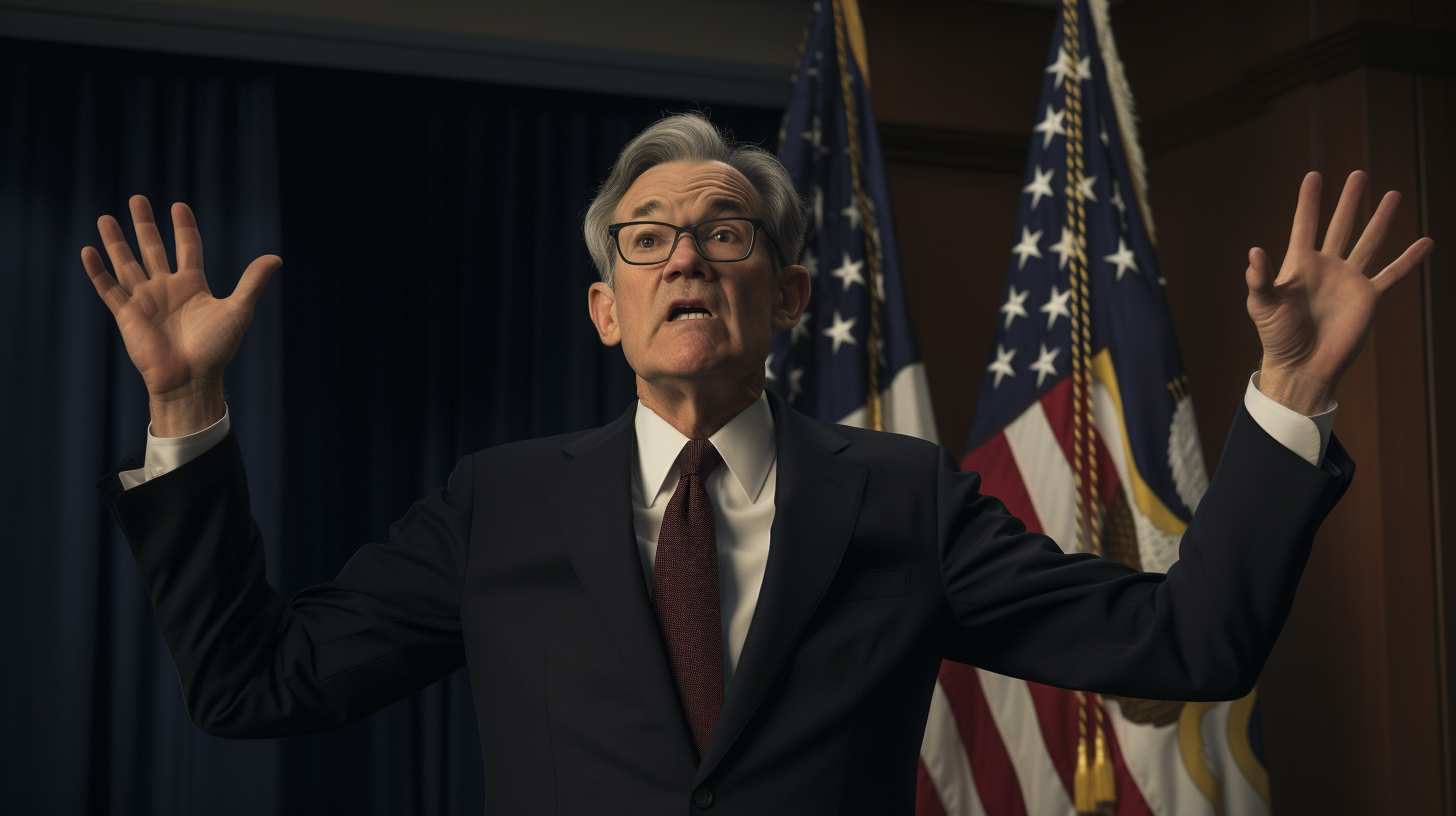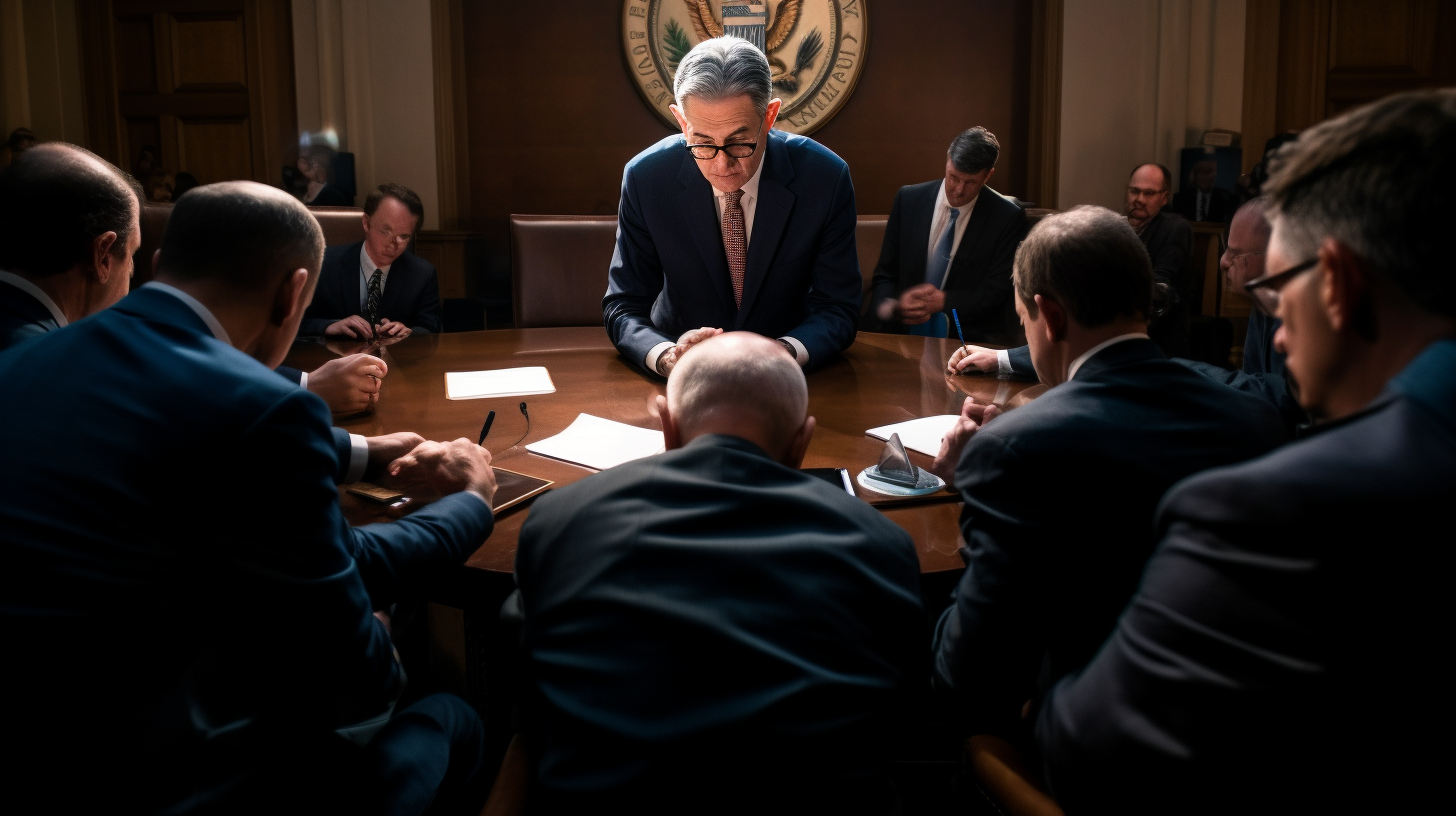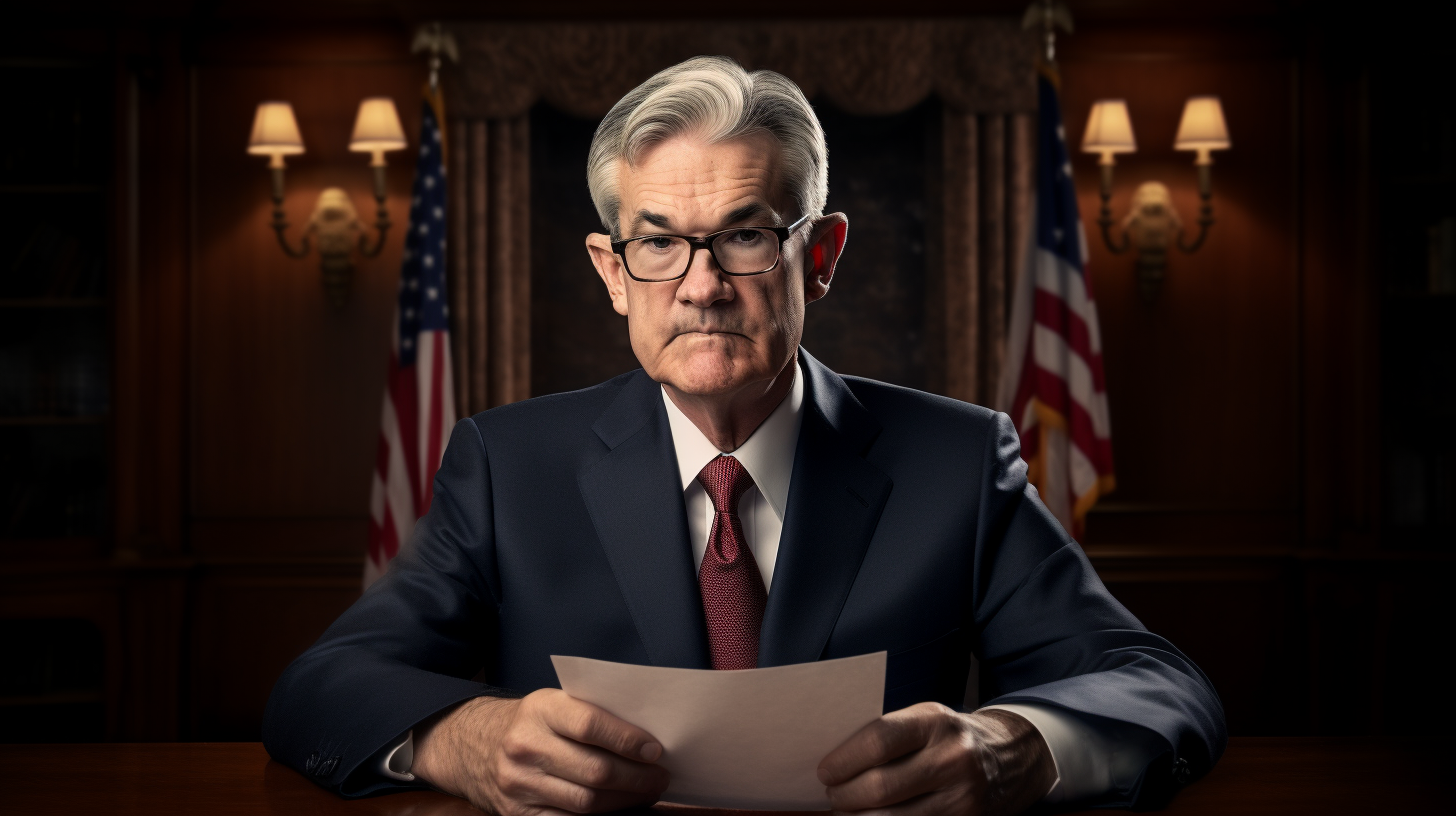As 2024 begins, all eyes are on the Federal Reserve to see when it will pivot towards cutting interest rates from restrictive levels aimed at taming inflation. The Fed’s upcoming policy moves will have major implications for markets and the economy in the new year.
The central bank raised its benchmark federal funds rate sharply in 2023, lifting it from near zero to a range of 5.25-5.5% by December. But with inflation pressures now easing, focus has shifted to when the Fed will begin lowering rates once again.
Markets are betting on cuts starting as early as March, while most economists see cuts beginning around mid-2024. The Fed’s minutes from its December meeting, being released this week, may provide clues about how soon cuts could commence.
Fed Chair Jerome Powell has stressed rate cuts are not yet under discussion. But he noted rates will need to fall before inflation returns to the 2% target, to avoid tightening more than necessary.
Recent data gives the Fed room to trim rates sooner than later. Core PCE inflation rose just 1% annually in November, and has run under 2% over the past six months.
With inflation easing faster than expected while the Fed holds rates steady, policy is getting tighter by default. That raises risks of ‘over-tightening’ and causing an unneeded hit to jobs.
Starting to reduce rates by March could mitigate this risk, some analysts contend. But the Fed also wants to see clear evidence that underlying inflation pressures are abating as it pivots policy.
Upcoming jobs, consumer spending and inflation data will guide rate cut timing. The January employment report and December consumer inflation reading, out in the next few weeks, will be critical.
Markets Expect Aggressive Fed Easing
Rate cut expectations have surged since summer, when markets anticipated rates peaking above 5%. Now futures trading implies the Fed will slash rates by 1.5 percentage points by end-2024.
That’s far more easing than Fed officials projected in December. Their forecast was for rates to decline by only 0.75 point this year.
Such aggressive Fed easing would be welcomed by equity markets. Stocks notched healthy gains in 2023 largely due to improving inflation and expectations for falling interest rates.
Further Fed cuts could spur another rally, as lower rates boost the present value of future corporate earnings. That may help offset risks from still-high inflation, a slowing economy and ongoing geopolitical turmoil.
But the Fed resists moving too swiftly on rates. Quick, large cuts could unintentionally re-stoke inflation if done prematurely. And inflated rate cut hopes could set markets up for disappointment.
Navigating a ‘Soft Landing’ in 2024
The Fed’s overriding priority is to engineer a ‘soft landing’ – where inflation steadily falls without triggering a recession and large-scale job losses.
Achieving this will require skillful calibration of rate moves. Cutting too fast risks entrenching inflation and forcing even harsher tightening later. But moving too slowly could cause an unnecessary downturn.
With Treasury yields falling on rate cut hopes, the Fed also wants to avoid an ‘inverted’ yield curve where short-term yields exceed long-term rates. Prolonged inversions often precede recessions.
For now, policymakers are taking a wait-and-see approach on cuts while reiterating their commitment to containing inflation. But market expectations and incoming data will shape the timing of reductions in the new year.
Global factors add complexity to the Fed’s policy path. While domestic inflation is cooling, price pressures remain stubbornly high in Europe. And China’s reopening may worsen supply chain strains.
Russia’s ongoing war in Ukraine also breeds uncertainty on geopolitics and commodity prices. A flare up could fan inflation and force central banks to tighten despite economic weakness.
With risks abounding at the start of 2024, investors will closely watch the Fed’s next moves. Patience is warranted, but the stage appears set for rate cuts to commence sometime in the next six months barring an unforeseen shock.


